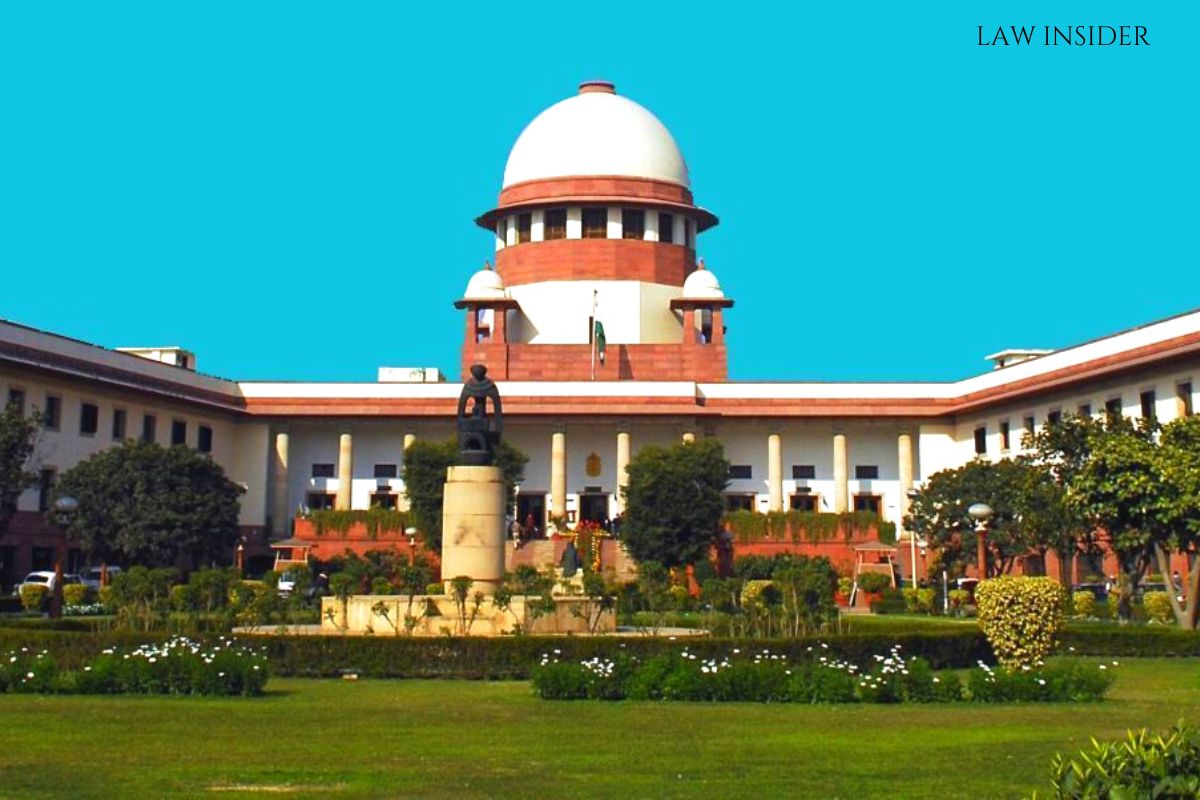LI Network
Published on: 14 September 2023 at 12:03 IST
The Supreme Court of India has directed the Union Ministry of Home Affairs to establish comprehensive guidelines for police media briefings within the next three months.
The primary objective is to safeguard the rights of both victims and accused individuals involved in sensitive cases.
The bench, consisting of Chief Justice of India DY Chandrachud and Justices PS Narasimha and Manoj Misra, issued this directive. Additionally, the court has called upon the directors general of police from all states and the National Human Rights Commission to provide their valuable insights into this matter. The next hearing is scheduled for the second week of January.
The Supreme Court has placed a strong emphasis on preventing media trials that could prematurely determine the guilt of accused individuals. It stresses the importance of ensuring that information disclosed during police briefings does not lead to such prejudicial outcomes.
Recognizing the nature of different cases and the impact of factors like the age and gender of both victims and accused persons on public perception, the court advocates for tailored disclosures by the police. It contends that the nature of information revealed should vary depending on the specific circumstances, the type of crime involved, and the stakeholders, including victims, witnesses, and the accused. The age and gender of these individuals are noted as critical factors that should influence the disclosure approach.
One key reason behind these directives is the realization that the existing guidelines, which were crafted nearly a decade ago in 2010, no longer align with the evolving landscape of media reporting on criminal cases. With the proliferation of crime reporting in both print and electronic media, the court believes it’s essential to strike a balance between the right to information and the potential harm caused by biased or excessive reporting.
Senior advocate Gopal Sankaranarayanan, serving as an amicus curiae (friend of the court) in this case, highlights the court’s stance on not restraining media reporting but instead focusing on regulating the sources, particularly state and police channels.
The court’s concern regarding biased reporting is underscored by its belief that such practices could adversely affect ongoing investigations and infringe upon the right to privacy.
In summary, the Supreme Court’s call for new guidelines on police media briefings reflects a proactive approach to address the challenges posed by modern media reporting while upholding the rights and dignity of all individuals involved in sensitive cases.

